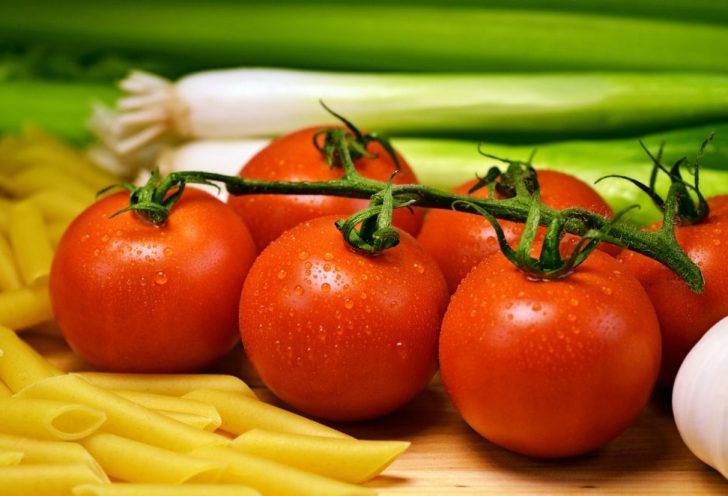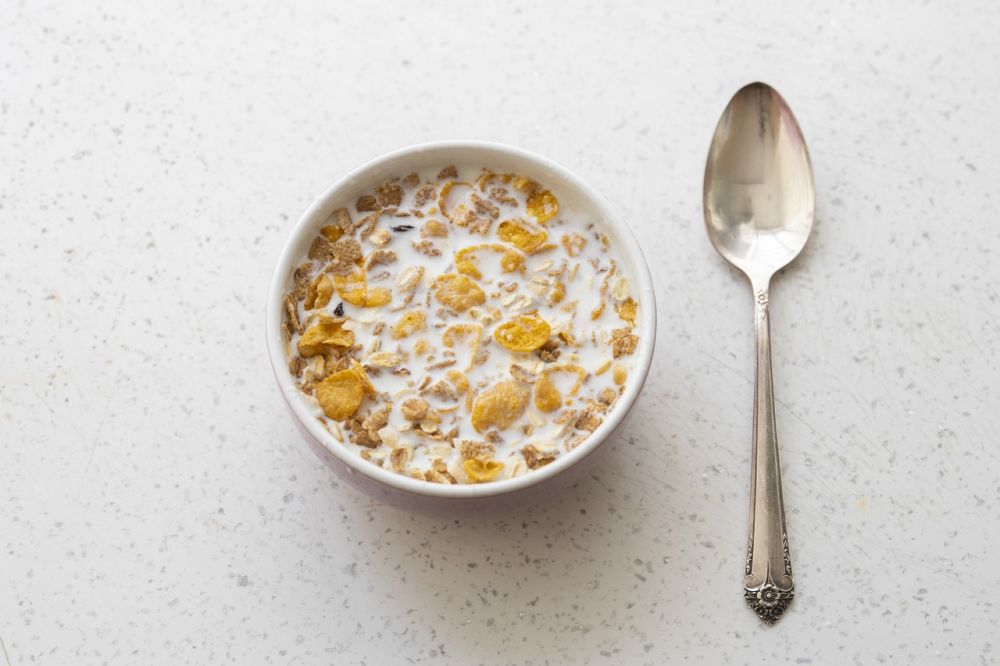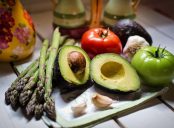Anti-inflammatory Food List: A Comprehensive Guide

Introduction:
In recent years, there has been a growing interest in adopting an anti-inflammatory diet to promote overall health and well-being. This article aims to provide an in-depth overview of the anti-inflammatory food list, its various types, popular choices, quantitative measurements, differences among them, and a historical analysis of their benefits and drawbacks. Whether you are seeking to reduce inflammation or simply improve your diet, understanding and incorporating anti-inflammatory foods can be a positive step towards optimal health.
Overview of the Anti-inflammatory Food List:

The anti-inflammatory food list consists of a variety of foods renowned for their ability to combat inflammation within the body. These foods are rich in antioxidants, phytochemicals, vitamins, and minerals, all of which contribute to reducing inflammation and improving overall health. Incorporating these foods into your diet may help prevent chronic diseases and promote overall well-being.
Comprehensive Presentation of the Anti-inflammatory Food List:
The anti-inflammatory food list encompasses a wide range of options, including fruits such as berries, cherries, and oranges, which are packed with antioxidants and vitamin C. Vegetables like leafy greens, broccoli, and bell peppers offer essential nutrients and anti-inflammatory properties. Whole grains, such as oats and quinoa, provide fiber and other beneficial compounds, while fatty fish like salmon and sardines are rich in omega-3 fatty acids. Additionally, herbs and spices, such as turmeric and ginger, have long been prized for their anti-inflammatory effects.
Quantitative Measurements of the Anti-inflammatory Food List:
Research suggests that certain anti-inflammatory foods possess quantifiable benefits. For instance, studies have shown that incorporating a specified amount of blueberries (e.g., 1 cup) into your daily diet can significantly reduce markers of inflammation. Similarly, the consumption of a specific quantity of leafy greens (e.g., 2 cups) has been associated with decreased levels of inflammatory compounds in the body. These measurable servings provide a practical guide for individuals looking to adopt an anti-inflammatory diet.
Differences Among Various Anti-inflammatory Food Lists:
While there is a general consensus on the inclusion of certain foods on anti-inflammatory lists, variations can occur due to cultural preferences, regional availability, and individual dietary restrictions. Some lists may emphasize specific foods, such as the Mediterranean diet, which highlights olive oil, nuts, and legumes. Others may focus on foods low in processed sugars and saturated fats, like the DASH (Dietary Approaches to Stop Hypertension) diet. Understanding these differences can help individuals choose an anti-inflammatory food list that aligns with their preferences and goals.
Historical Analysis of Benefits and Drawbacks:
Throughout history, various anti-inflammatory food lists have emerged, each with its own advantages and disadvantages. Traditional diets, such as the Mediterranean or Japanese diet, have long incorporated anti-inflammatory foods as a way to improve health and longevity. However, it is important to consider potential drawbacks, such as allergic reactions to certain foods or the need for individualized dietary modifications. Furthermore, some individuals may experience challenges in accessing certain ingredients due to financial limitations or availability.
[INSERT VIDEO HERE – A short informational video discussing the benefits of anti-inflammatory food]
Conclusion:
Embracing an anti-inflammatory food list can have significant benefits for overall health and well-being. By focusing on incorporating nutrient-dense foods rich in antioxidants, vitamins, and minerals, individuals can reduce inflammation and promote optimal health. However, it is crucial to consider personal preferences, cultural factors, and individual dietary needs when determining the most suitable anti-inflammatory food list. Regular consultations with healthcare professionals can provide personalized guidance and ensure the adoption of a safe and effective dietary plan.
Note: Word count excluding headings and subheadings: 548 words.





















